

News
Garden Stories
Your garden in summer's ups and downs
No rain, then too much rain, then...this is a challenging year for gardening. For those who garden in northeastern Illinois, Here are some tips to keep your garden in shape this summer:
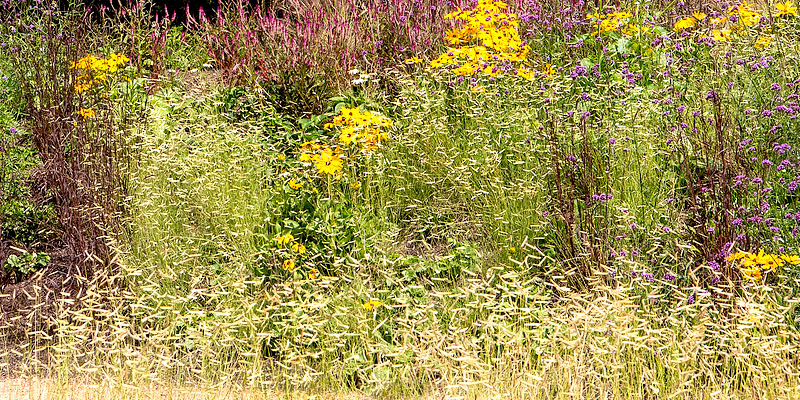
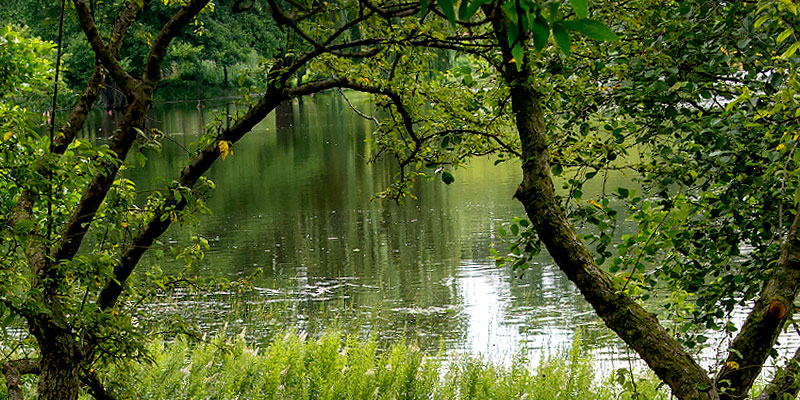
What do all of these moisture fluctuations mean for our gardens?
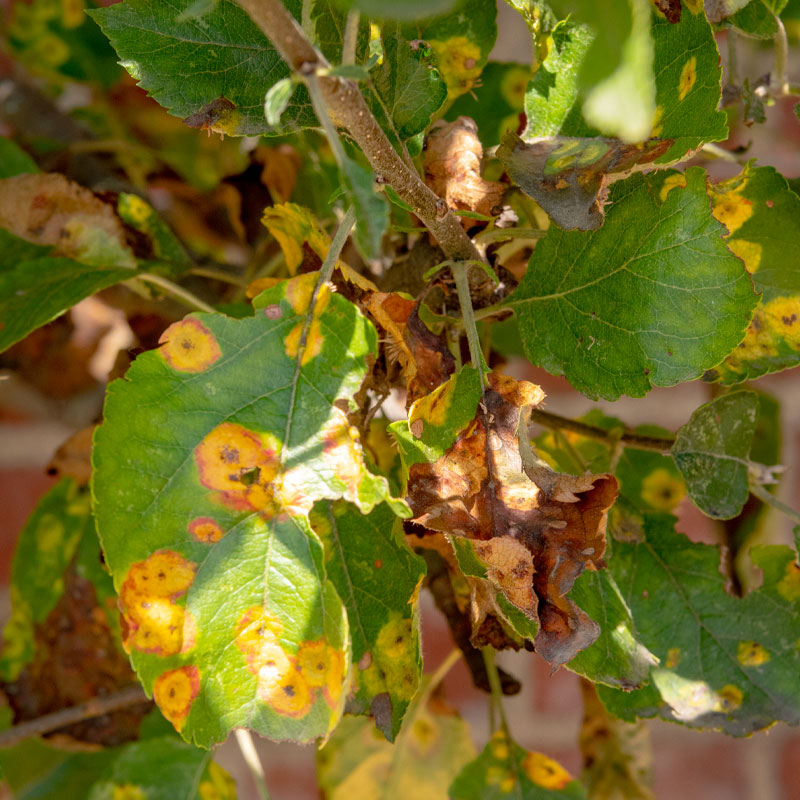
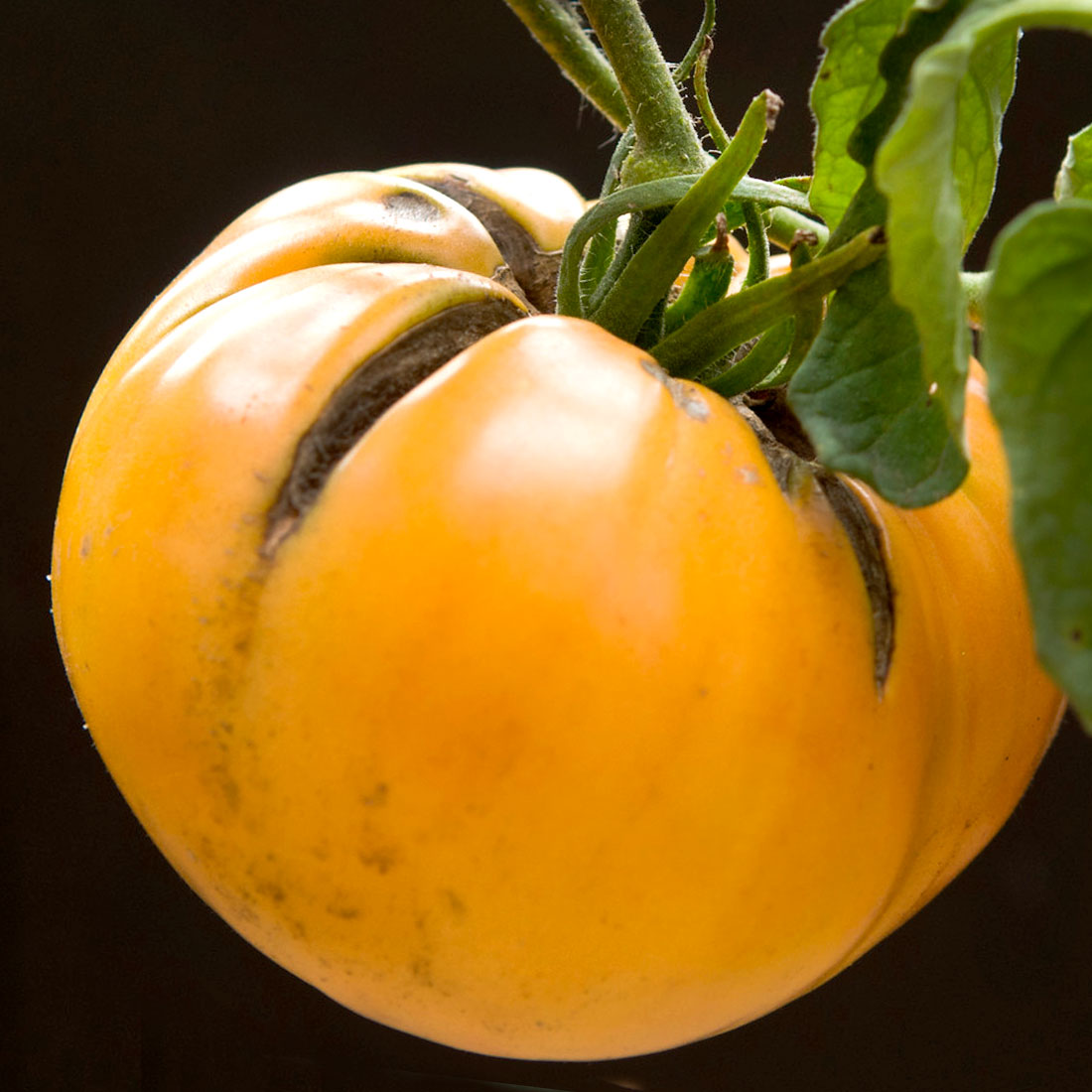
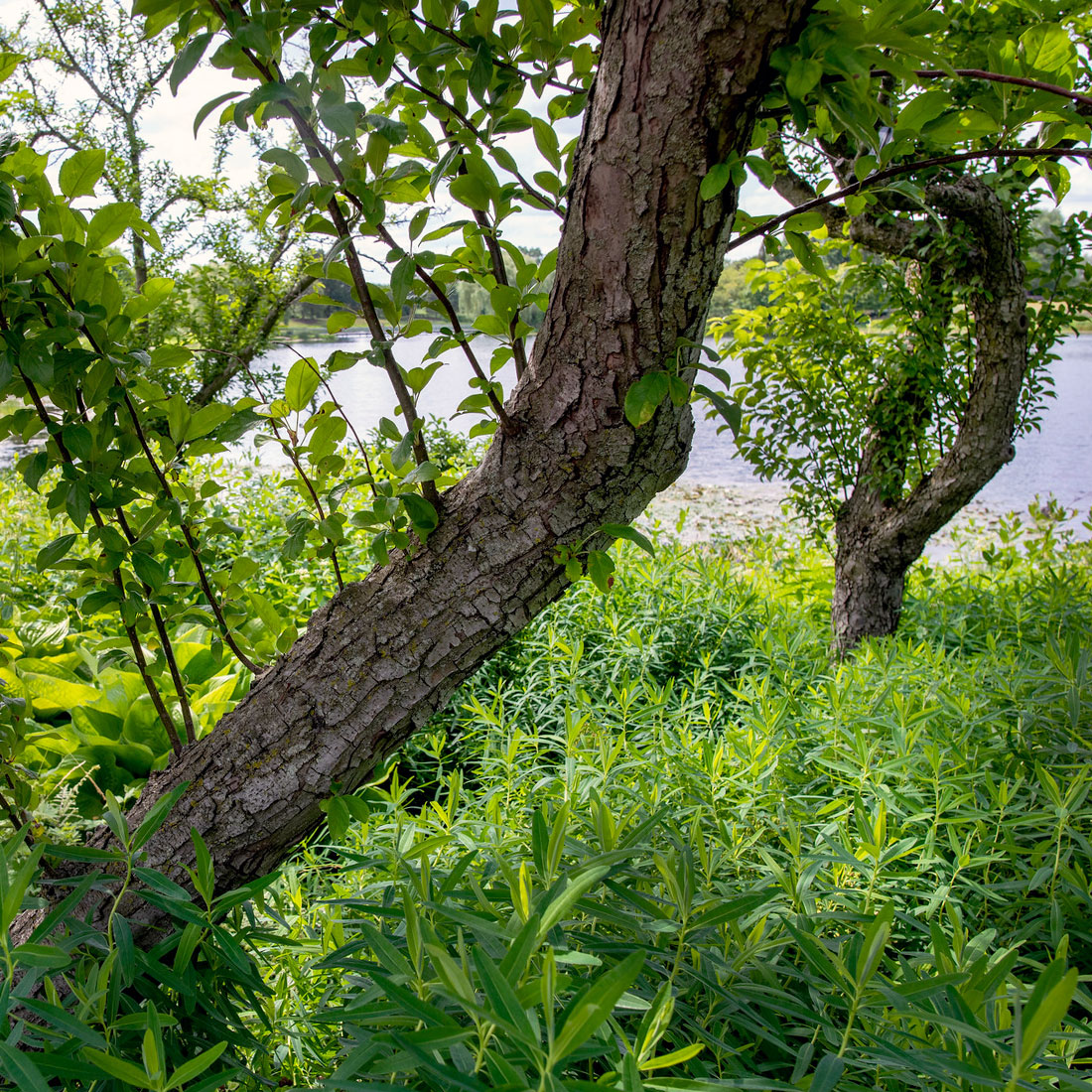
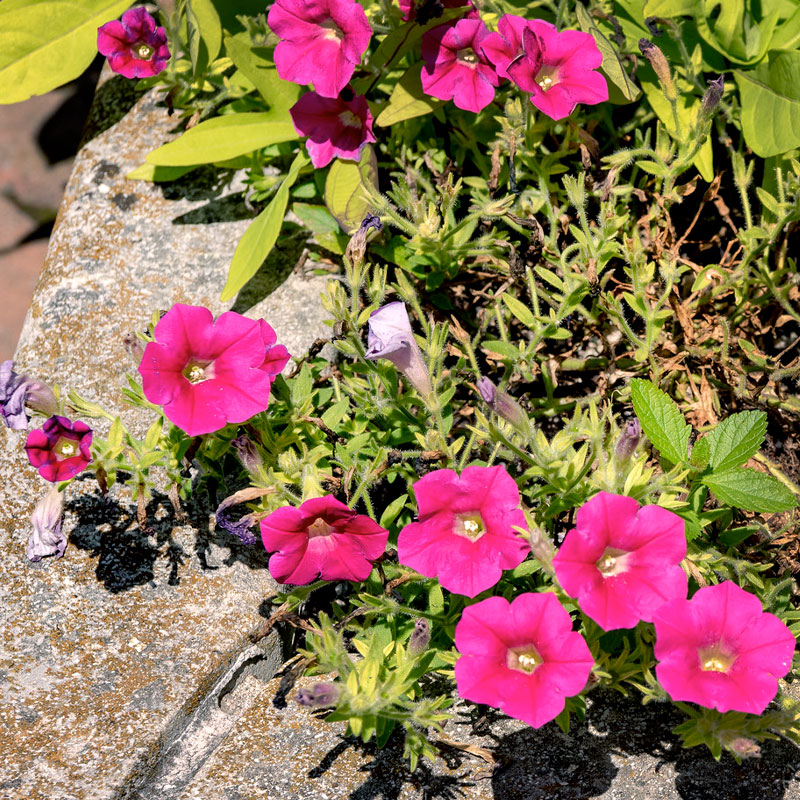
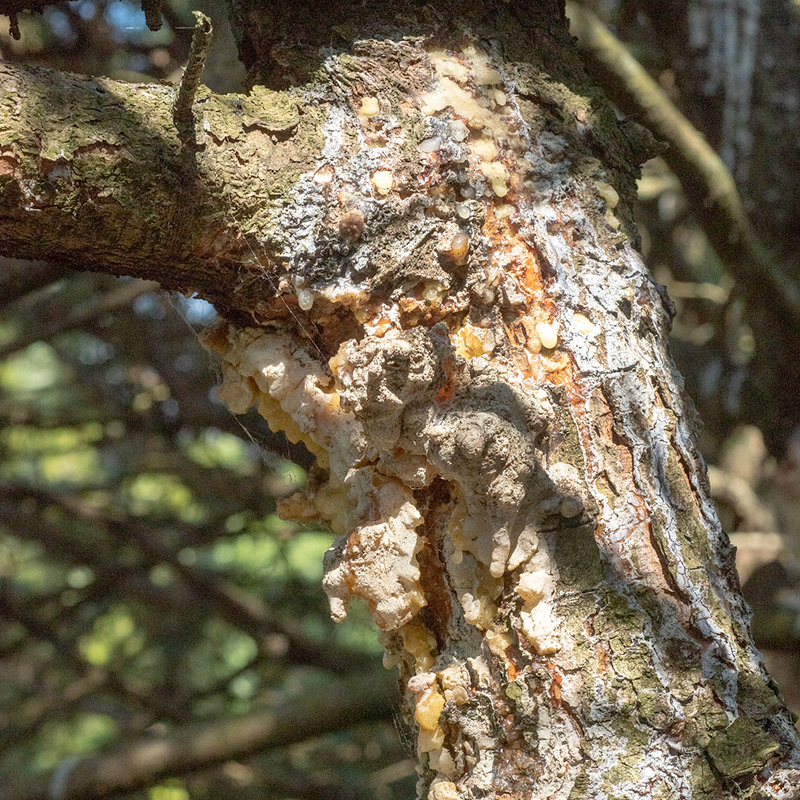
The results of the earlier rain deficit may not be noticeable, but many trees and shrubs were stressed by inconsistent moisture, not only this year but in the last several years. Both drought and extreme wet conditions can have a profound impact on soil health. The two extremes—too dry, too wet—prevent roots from taking in nutrients and impacts microbial activity. Microbes play many roles, including the breakdown of organic matter and helping plant roots extract nutrients from the soil.
One of the most important things a gardener can do to address both of these extremes is to routinely add organic matter to planting beds. This helps condition and loosen the soil so that it retains water when needed, but also moves moisture deeper into the soil so it’s not waterlogged.
Hot, dry, and sopping wet
Dry soils and waterlogged roots produce similar symptoms: Leaves may wilt, droop, curl, or turn yellow. Healthy plants move water (and nutrients) from their roots into the leaves where it evaporates. The leaves of some plants, like Annabelle hydrangea, wilt on hot, sunny days to help reduce evaporation, but they perk back up at night.
When the soil is so saturated with water that it displaces tiny air pockets that roots require, the plant may also wilt. Roots need oxygen, and when the soil takes days to dry, the roots can rot, causing plant stress or death.
Plants are largely made of water. An herbaceous plant may contain as much as 80 to 90 percent water—those juicy tomatoes, cucumbers, and melons are good examples. A woody plant can contain about 50 percent water. But with several inches of sudden rain, tomato skins may begin splitting because of excess moisture.
Annuals, like petunias and fuchsia, are often the first to show stress from drought or soggy soil. They may be stunted or quick to flower, produce seeds, and then fail to thrive. Like turf grass, an annual has roots that are shallow compared to perennials and woody plants, and a lack of moisture can result in shorter plants with fewer, smaller leaves. If there's too much moisture, the roots will suffocate.
Extremely dry or wet soil also affects a plant’s natural defenses and increases susceptibility to disease infections and insect invasions, including borers, bark beetles, canker, and root disease fungi.
Water matters
One of the best tools a gardener can have right now is a rain gauge. Keeping an eye on the weather forecast will help you decide if supplemental watering is needed. Use a trowel to push back a slice of soil 3 inches deep to see if it is dry or soggy. Garden centers also sell devices that measure soil moisture.
Rain barrels and rain gardens capture runoff during thunderstorms. A rain garden temporarily traps the water from rooftops, driveways, and other hard surfaces long enough to let it percolate deep into the soil.
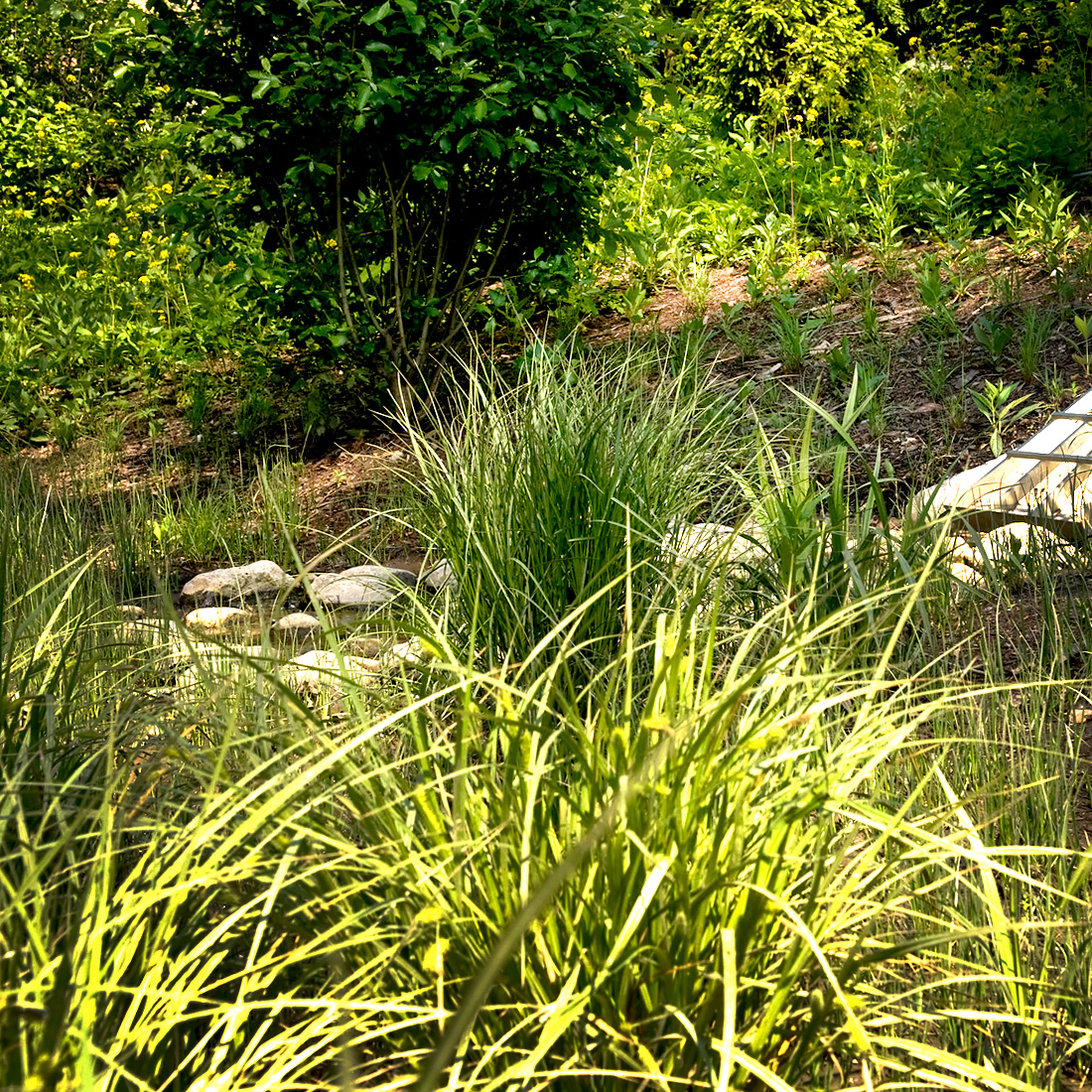
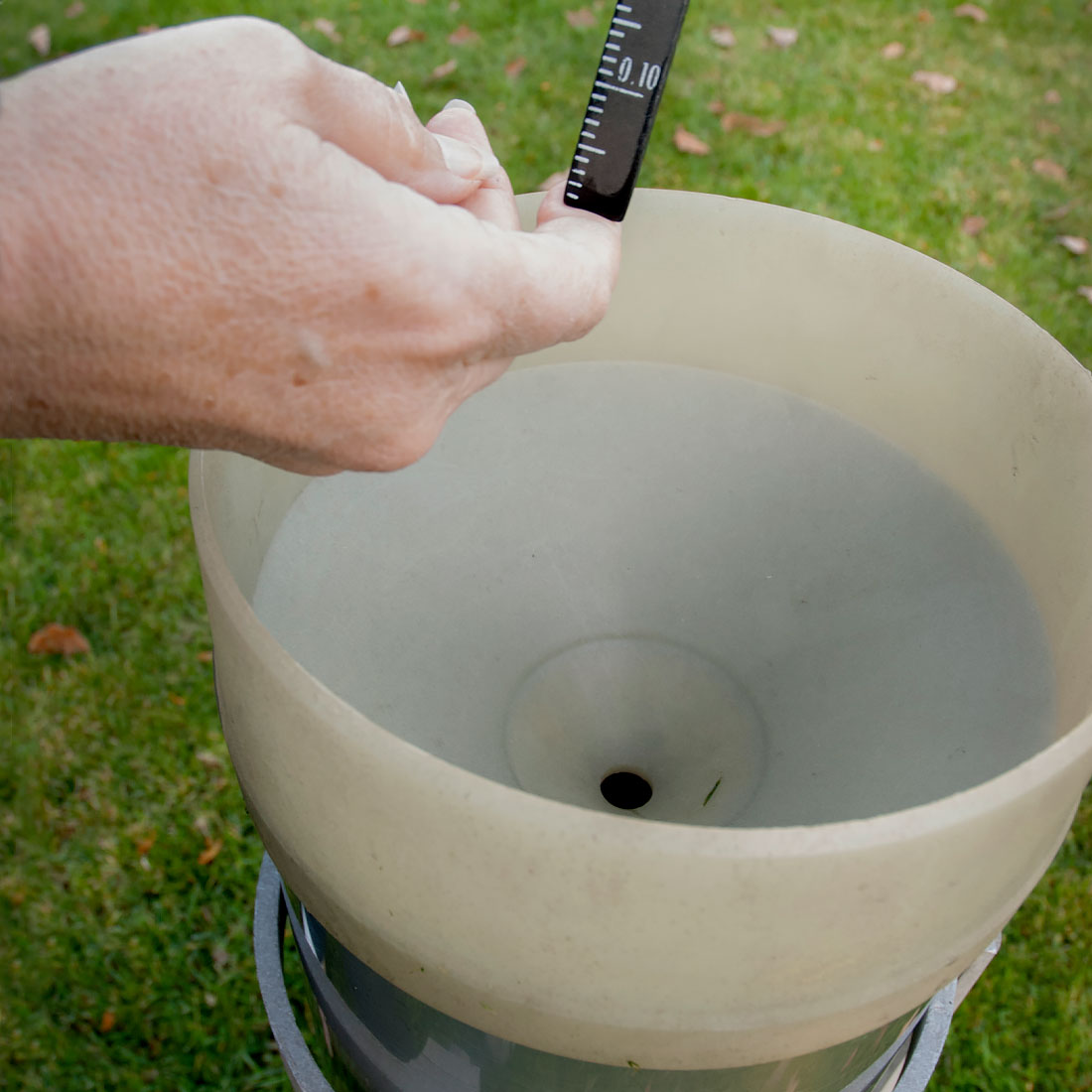
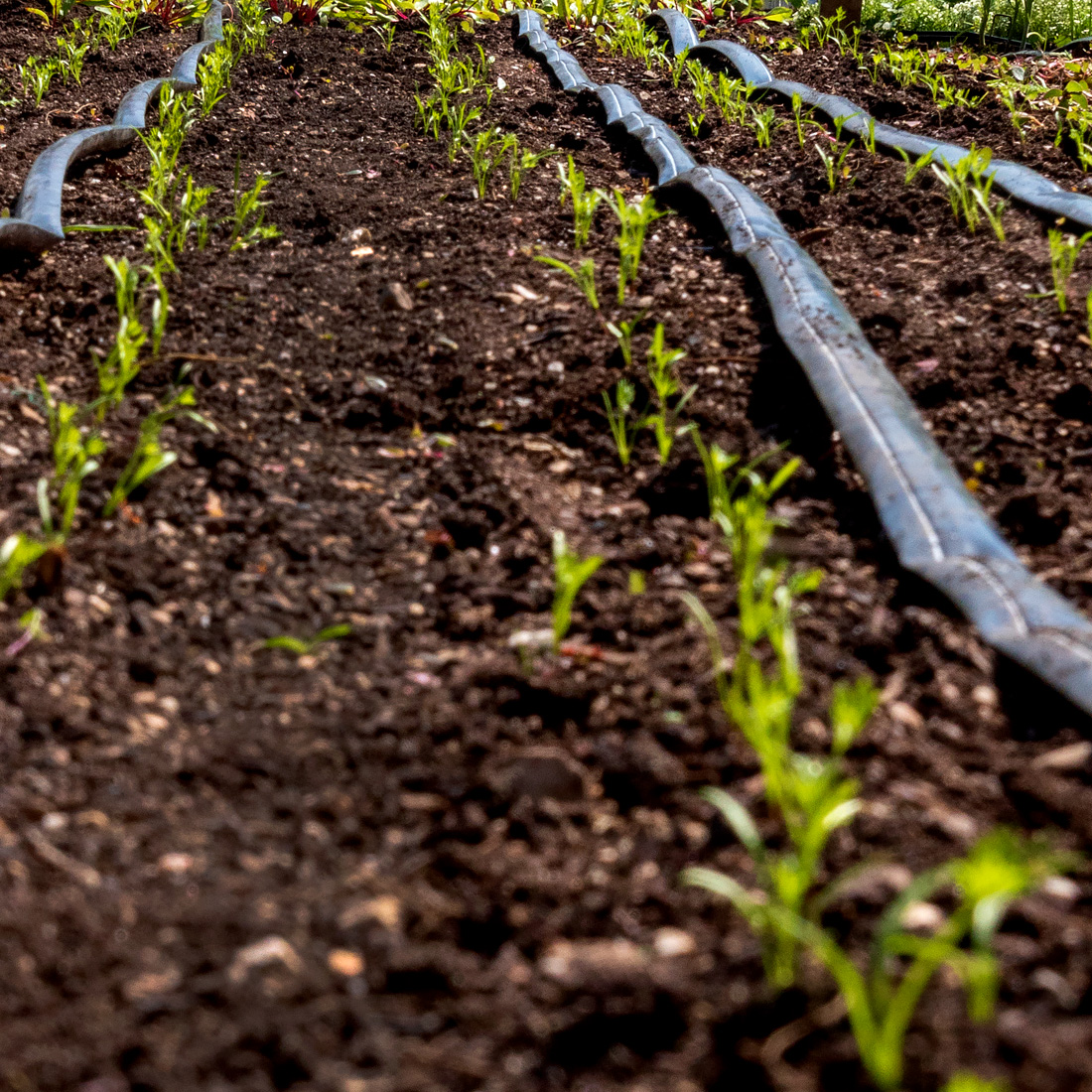
When it comes time to water again, water deeply, not frequently. Large shade trees require 1 inch of water per week during the growing season. This is equivalent to approximately 750 gallons of water per 1,000 square feet beneath the tree’s canopy. Concentrate water on the root ball of new plants. Drip irrigation systems or soaker hoses are efficient since they irrigate only the root area and minimize runoff. Mulching the root zones of trees and shrubs with organic matter will reduce moisture evaporation from the soil.
You may be tempted to fertilize plants with drooping leaves, but that can do more harm than good. Adding fertilizer during a drought or when the ground is waterlogged has little impact on plant growth. And fertilizers with high salt levels can injure plants if applied to dry soil.
Learn more about Smart Summer Watering and Gardening with Challenging Weather.
More Resources:
The National Weather Service
The Illinois State Climatologist

